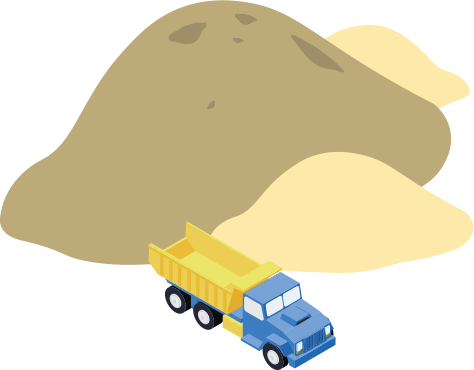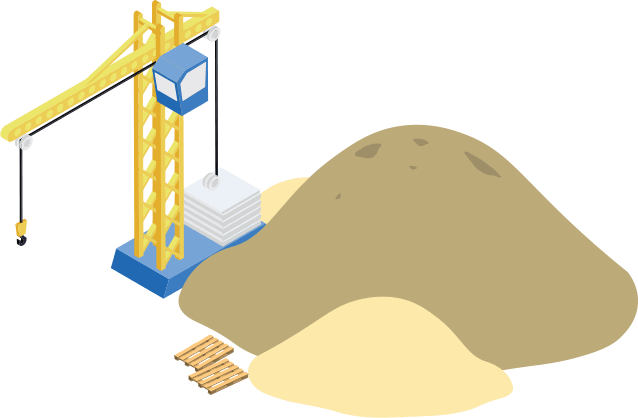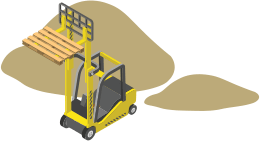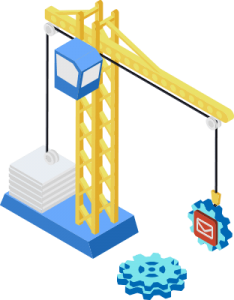The phrase “a website is never complete” couldn’t be closer to the truth, especially today. Besides the fact that you should be constantly adding and updating the content on your site, you should also be actively performing maintenance on your website. Especially if you have a content management system like WordPress, Kentico, Magento or one of the many other options available. These platforms are, after all, software, and as we all know software is prone to bugs, glitches and security vulnerabilities. So, what kind of maintenance is being performed on your website?
I’m going to use WordPress as my main example, since it’s the largest website software in the world powering close to 40% of the websites out there.
All good maintenance programs should start with an adequate backup system. In the case of a WordPress website, that means having a complete copy of your theme and a full database backup. This way, if anything ever goes wrong, you can go back to the last stable version of your site. We use a service called Drop my Site, in addition to performing regular server backups on all sites that are hosted in house. A good rule of thumb is to keep weekly backups that go as far back as six weeks. That should give you enough runway to always have a stable copy of your site.
Another major factor in maintenance is making sure your WordPress software is reasonably up to date. I say “reasonably” because, like all major software updates these days, you don’t want to push the button on day 1 just in case it breaks your site or there are still glitches that need to be worked out. We always recommend waiting a week or two on minor updates and up to a month on major ones. This way, you allow for other users to find any potential bugs in the update and report them to the developers.
New WordPress updates aren’t always compatible with your plugins either, even ones that could be responsible for major on-site functionality. If the developer hasn’t had a chance to test their plugin with the latest version of WordPress and make any necessary updates, there is a chance the update will break it. It’s also important to remember that you should always have a complete back up of all site files before updating any software. This way, if you do run into a bug or glitch, you can just restore the back up and wait for a patch to be released.
Another large part of maintenance is to make sure any plugins installed on your site are up to date. Again, these could have security vulnerabilities in them – amongst other things. Plugins in WordPress are typically used to achieve functionality not natively built into the software. Contact forms are a great example. They can also be for security, which is the case for WordFence which blocks certain attacks on your website.
If you follow these basic steps to maintaining your website, you should rarely have any problems. And, if you need assistance, we’re always happy to help!









